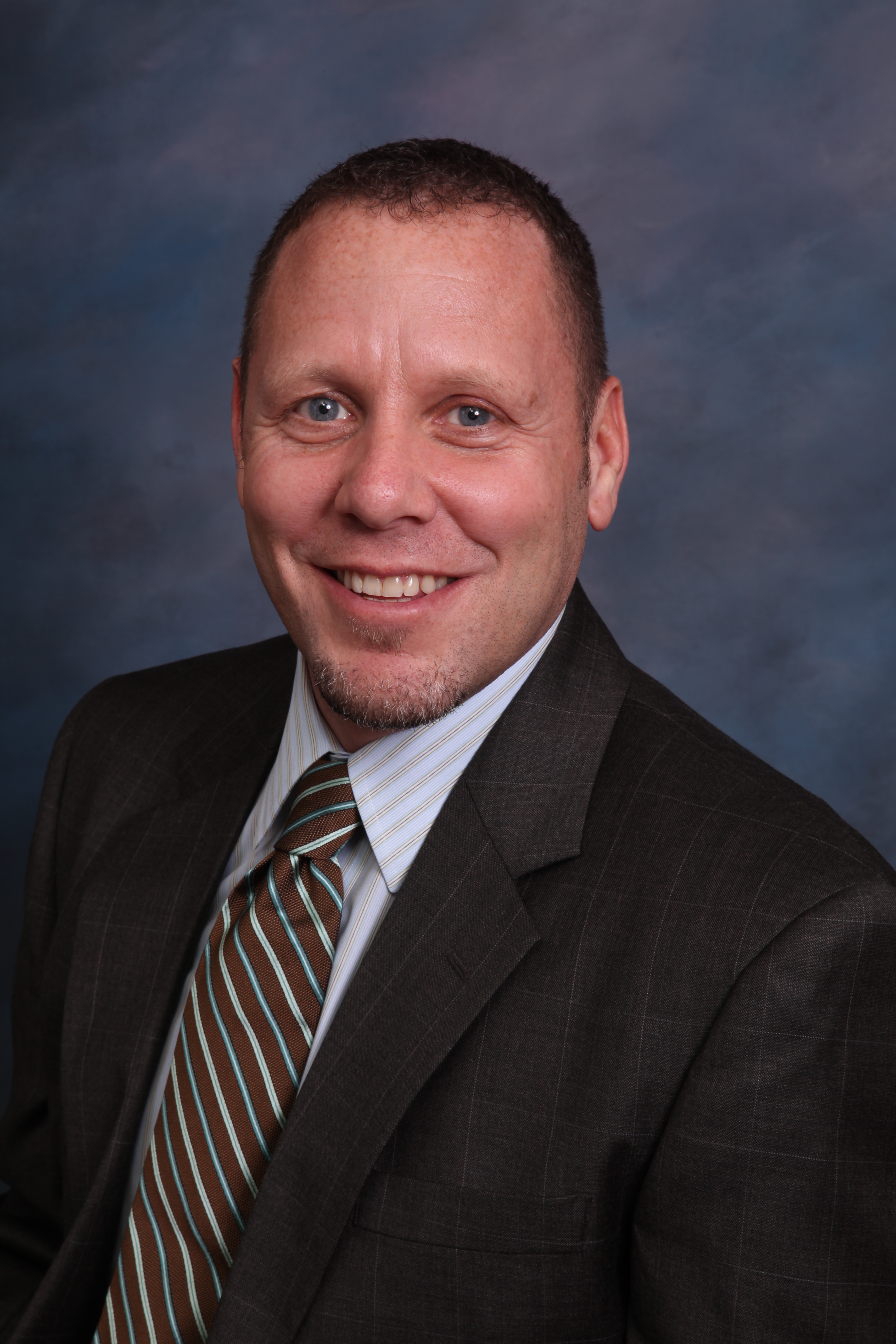 By Jack Herrmann, MSEd., NCC, LMHC, Senior Advisor, Public Health Preparedness, NACCHO
By Jack Herrmann, MSEd., NCC, LMHC, Senior Advisor, Public Health Preparedness, NACCHO
Across the nation, the importance and amount of public health preparedness funding is under scrutiny at federal, state, and local levels. At the national level, the Pandemic and All-Hazards Preparedness Reauthorization Act (PAHPRA) was signed into law by President Obama in March 2013. PAHPRA reauthorizes the Hospital Preparedness Program and Public Health Emergency Preparedness cooperative agreements for five more years but the act is undergoing budget approval in Congress. As public health professionals await funding allocations, it is important to speak to why emergency preparedness funding is critical to the health and safety of our nation.
Only a few months ago in April 2013, we saw clear examples where public health planning and training played an important role in a healthcare system-wide response. Early in the month, the H7N9 influenza virus emerged in China. Public health officials monitored this virus and its potential for a global influenza pandemic. On April 15, the nation experienced one of the worst terrorist incidents since the attacks of September 11, 2001 when a multibomb explosion occurred during the Boston Marathon. Days later, a fertilizer plant exploded in West, TX, and officials discovered ricin in letters sent through the U.S. Postal Service to several political leaders in Washington, DC.
While tragic as these events were, they are pressing examples of the importance of continuing our efforts to build and sustain public health and healthcare preparedness across this nation. The fact that there were, in comparison, so few deaths and so many lives saved shows the return on investment of the federal funding that is being directed to local and state health departments and their healthcare partners. But these collaborations and partnerships are at risk. Public health emergency preparedness funding has been cut by 28% since 2004, significantly undermining community-level preparedness activities for ever-present threats.
We need your help: take the time to reach out to your elected officials at the local, state, and national levels. As the voice of the nearly 2,800 local health departments across the country, NACCHO offers local health departments a national platform for raising awareness of the value of governmental public health. NACCHO’s public health advocacy tools can help your local health department communicate the value of public health preparedness with your policymakers.
Moving forward, we can all take steps to help raise awareness and advocate for public health preparedness funding:
- Turn awareness into action. We know the critical role that emergency preparedness plays in our communities, but the public and policymakers are often unaware of the quiet contributions that preparedness makes in keeping residents safe. Not only do we need to make a convincing case for our work, we need to make the case to others to speak on our behalf. See NACCHO’s policy positions regarding recommendations for current public health preparedness.
- Speak in one voice. Now more than ever, we must take the opportunity to generate new support for local emergency preparedness and drive policy changes that can improve American’s health and safety. NACCHO’s communications page offers consistent messaging to convey the value of local health departments’ role in emergency preparedness.
- Tell your stories. To really connect with the public, policymakers, the media, community advocates, and stakeholders, illustrate how local health departments protect people and keep us safe. Local stories about local people and local data are most interesting to media and most persuasive to policymakers. For more exposure of the good work your local health department is doing, send your story to us at [email protected].
Ready to get started? Check out NACCHO’s Online Advocacy Guide for the information and tools you need to communicate with your elected officials.







